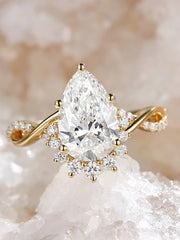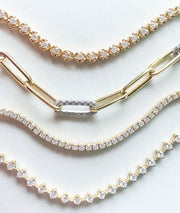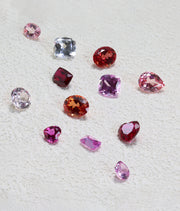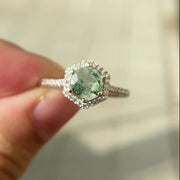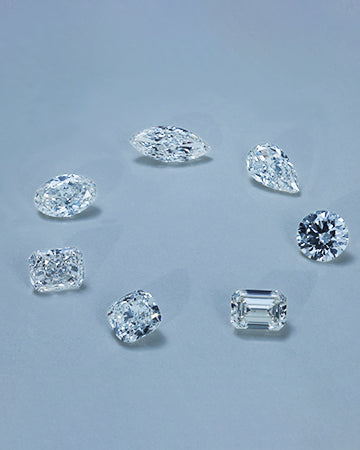Moss Agate is formed mainly through precipitation and crystallization in a geological environment rich in silicates. This gem is mainly formed in pores or rock cavities in volcanic rocks through the following steps:

Silicate-rich environment: When a volcano erupts, bubble pores or cavities are formed in volcanic rocks, which are gradually filled with hydrothermal solutions rich in silica.
Precipitation of mineral impurities: Over time, minerals such as iron, manganese, and magnesium in these solutions precipitate to form inclusions that resemble moss or dendrites. Although these patterns look like plant forms, they are actually structures formed by minerals such as iron oxide or manganese dioxide.
High temperature and high pressure crystallization: The high temperature and high pressure in the earth's crust cause these solutions to gradually cool and solidify, forming Moss Agate's unique green or brown spotted pattern.
Global discovery locations and characteristics of Moss Agate
Moss Agate is mainly found in the following countries and regions, and moss agate from different origins has its own unique characteristics:
United States: The United States is one of the main sources of Moss Agate, especially in Oregon, Montana, South Dakota and other places. Moss Agate from the United States usually has a darker green color and rich moss-like textures, with fine and naturally distributed textures.
India: India is also an important source of Moss Agate, especially the state of Maharashtra. Moss Agate from India tends to have a light tone, with a milder texture and brown or orange.
Brazil: Brazil is known for its rich gemstone deposits, and Moss Agate is one of them. Brazilian Moss Agate has a variety of colors, ranging from dark green to off-white backgrounds, and has a dense texture.
Russia: Russian Moss Agate is known for its rich green markings and translucent backgrounds, with strong color contrast and more layered textures.
Physical and chemical properties of Moss Agate and their impact on jewelry applications
Moss Agate is widely used in jewelry making due to its good physical and chemical properties. Here are some of its key properties:
Hardness: Moss Agate has a Mohs hardness of between 6.5 and 7, which is relatively wear-resistant and suitable for long-term wear. This hardness makes it ideal for use in jewelry such as rings, bracelets, and necklaces.
Luster: It has a vitreous sheen that reflects light, increasing its beauty. When polished, Moss Agate can take on a bright sheen that enhances its visual appeal.
Translucent: The transparent to translucent nature of Moss Agate allows its mossy inclusions to be clearly visible, enhancing its visual appeal. This makes it unique and natural in jewelry designs.
Spiritual and Healing Properties of Moss Agate
Moss Agate is not only prized for its beautiful appearance, but also for its spiritual and healing properties:
Spiritual Balance and Harmony: Moss Agate is often thought to help increase a person's connection with nature, promoting spiritual peace and inner harmony.
Immunity Enhancement: Traditionally, Moss Agate is believed to boost the wearer's immune system and help the body heal. It is also used to help relieve anxiety and emotional distress.
Promote personal growth: In spirituality, Moss Agate is often used to promote personal spiritual growth, intellectual clarity and creativity.
Bring good luck and wealth: Many cultures believe that wearing Moss Agate can bring good luck and wealth, helping the wearer succeed in career or life.
How to identify real and fake Moss Agate
The authenticity of Moss Agate can be identified through the following key steps:
Observe the texture: The moss-like inclusions of natural Moss Agate are natural and random, showing irregular branching or moss-like structures. Fakes usually have too neat or simple textures.
Color observation: Authentic Moss Agate is usually rich in color, with obvious layers and depth. The colors of imitations may look unnatural or too bright.
Weight and hardness: Due to the high density of Moss Agate, the real thing feels heavy, and its hardness makes it not easy to be scratched. Imitations are usually lighter in texture and less hard, and are prone to scratches.
Luster: Natural Moss Agate will have a strong glassy luster after polishing, while fakes usually have a weaker luster or appear more plastic.
Moss Agate has become one of the precious gemstones in the jewelry world for its unique natural beauty and spiritual symbolic value. Not only is it endowed with rich spiritual significance in different cultures, but also its strong physical properties make it an ideal choice for making Moss Agate engagement rings.
